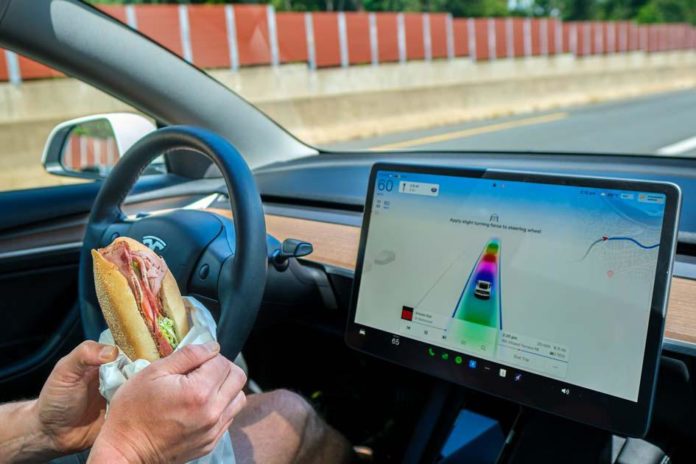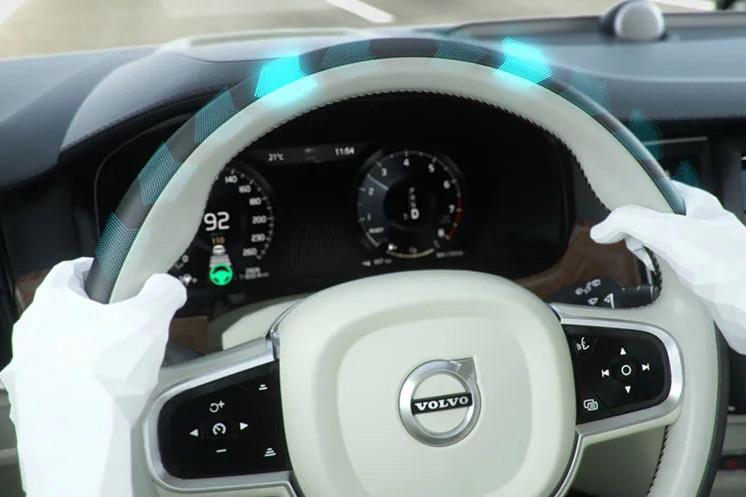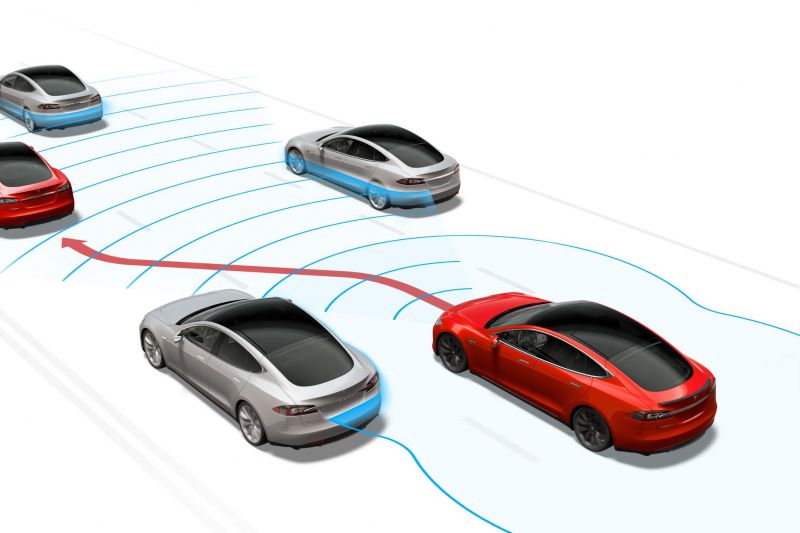One of the most vocal new car safety organisations in the US has found drivers are becoming overly reliant on assistance systems, even using the safety technology to help them complete distracting tasks.
The Insurance Institute for Highway Safety (IIHS) – a US organisation funded by insurers that crash tests vehicles – conducted two studies on how drivers reacted to the semi-autonomous driving systems of two vehicles.
The first vehicle was a 2017 Volvo S90 equipped with the brand’s Pilot Assist semi-autonomous driving technology, while the second was a 2020 Tesla Model 3 fitted with Autopilot.
Both systems encompass common Level 2 autonomous driving features, such as adaptive cruise control, lane-centring assist, and driver attention reminders.
100s of new car deals are available through CarExpert right now. Get the experts on your side and score a great deal. Browse now.
A total of 29 volunteers got behind the wheel of the Volvo across a four-week period, with researchers finding the “drivers engaged in distracting visual-manual activities, including eating, grooming and using electronics, more often when using Pilot Assist than while driving without it.”
This result was universal across the 29 participants who had been split into three groups: the first group had Volvo’s standard lane-centering and attention reminders, the second group drove the S90 after it had improved lane-centring assistance, and the third group received improved attention reminder updates.
“The first two groups were more likely to be distracted while driving with Pilot Assist during the second half of the month they had the vehicle than the first,” the IIHS said.
“Like the results of an earlier, related study, this suggests that they became bolder or more complacent as they got used to the system. The third group was about equally likely to perform secondary tasks while using partial automation over the second two weeks as they were during the first two weeks.
“Throughout the month, the percentage of time that they were distracted while using it was exceedingly high – more than 30 per cent.”
The second study was conducted by another group of IIHS and Massachusetts Institute of Technology AgeLab researchers, with 14 participants who’d never used Tesla’s Autopilot or any semi-autonomous driving technology.
They drove a Tesla Model 3 for a month, with researchers focusing on how often the drivers triggered the system’s initial attention reminders, escalated warnings, and emergency slowdown and lockout procedures.
When the study was conducted, Autopilot’s driver attention monitoring was solely based on a torque sensor in the steering shaft, with any inputs registering as movement.
If there was no input, the system would issue an initial attention reminder, which could eventually lead to drivers being locked out of using the technology for the rest of their trip if no input was detected.
Across approximately 19,000km (12,000 miles) of driving with Autopilot engaged, the 14 participants triggered 3858 attention-related warnings, with about half of those alerts occurring when they had at least one hand on the steering wheel but not applying enough pressure to be detected by the torque sensor.
“Most warnings didn’t proceed beyond the initial attention reminder, and, on average, the drivers responded to the alert within about three seconds (usually by nudging the steering wheel),” the IIHS said.
“In 72 instances, however, the driver didn’t respond fast enough to prevent the alerts from escalating. Remarkably, 16 of these escalations – 12 of them from one driver and four from three others – persisted through the entire sequence to result in the driver being locked out of the system.
“From the first to the fourth week, the rate of initial attention reminders per 1000 miles (1600km) travelled with Autopilot increased by 26 per cent, while the rate of escalations fell by 64 per cent. The average length of the initial attention reminders fell by about half a second after the first week.
“The percentage of time that drivers were disengaged in the period surrounding the alerts also increased, even though the duration of each alert was shorter.
“The researchers found that the drivers did nondriving secondary activities, looked away from the road, and had both hands off the wheel more often during the alerts and in the 10 seconds before and after them as they learned how the attention reminders worked.
“The longer they used the system, the less time it took them to take their hands off the wheel again once the alerts stopped.”
Tesla recalled 2,031,220 US vehicles in December 2023 after the National Highway Traffic Safety Administration (NHTSA) found Autopilot wasn’t setting strict enough boundaries to prevent misuse, with the torque sensor said to be not adequate enough.
The recall encompassed an over-the-air (OTA) update to include more warnings and alerts for drivers to stay vigilant, however the road safety regulator later found some of these were opt-in by drivers and could be reversed – negating the point of the recall.
Alexandra Mueller, IIHS Senior Research Scientist and the Tesla study’s lead author, said the results showed the attention alerts are changing habits, but warned more may be needed to create safer driving.
“These results show that escalating, multimodal attention reminders are very effective in getting drivers to change their behaviour,” said Ms Mueller
“However, better safeguards are needed to ensure that the behaviour change actually translates to more attentive driving.”
MORE: Tesla Autopilot among 11 ‘poor’ driver assist systems, finds safety group
MORE: Tesla must fix Autopilot issue in over two million cars
MORE: Tesla’s Autopilot recall fix may not have been good enough




